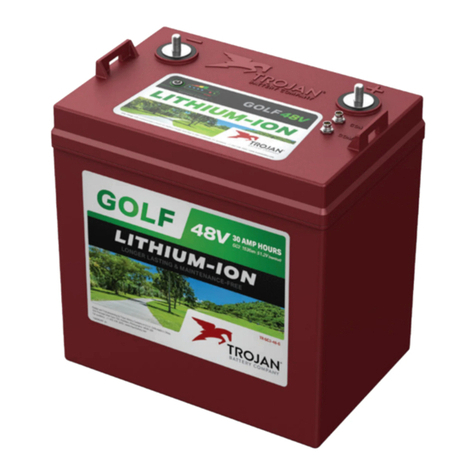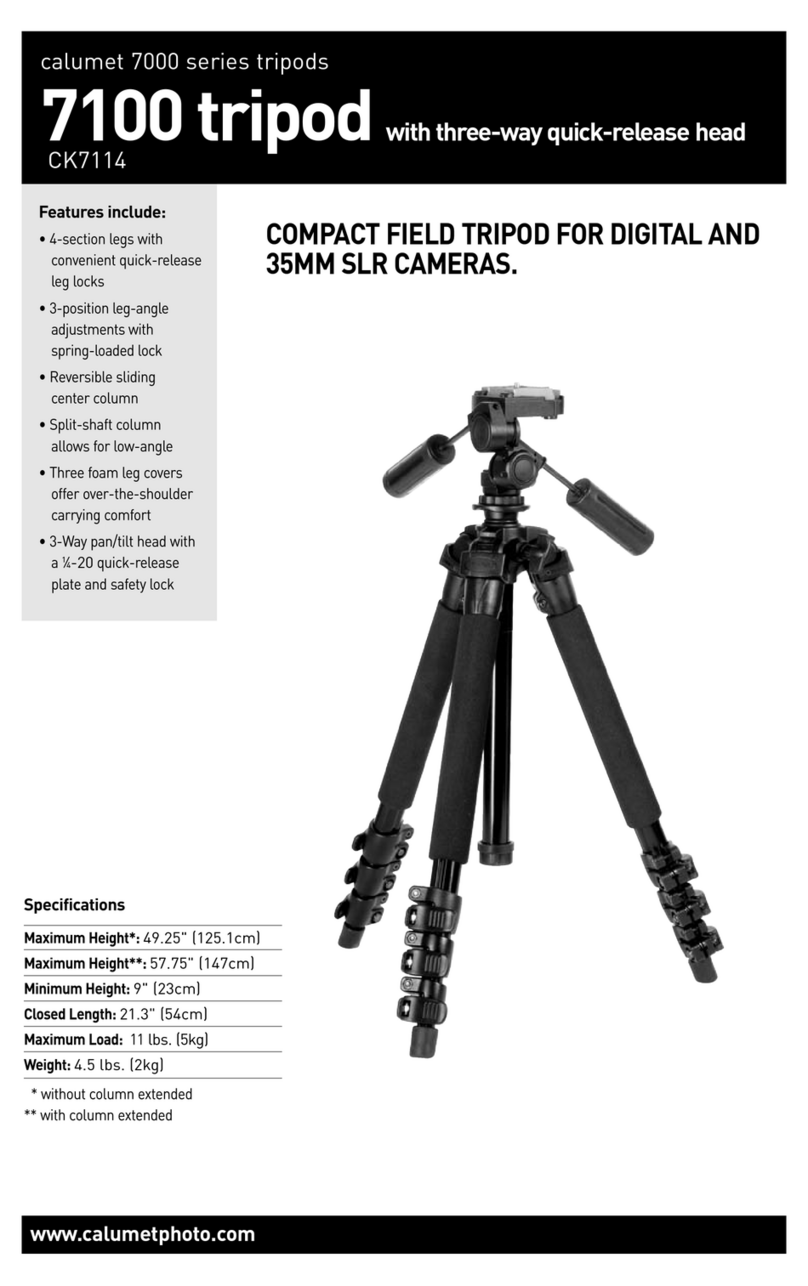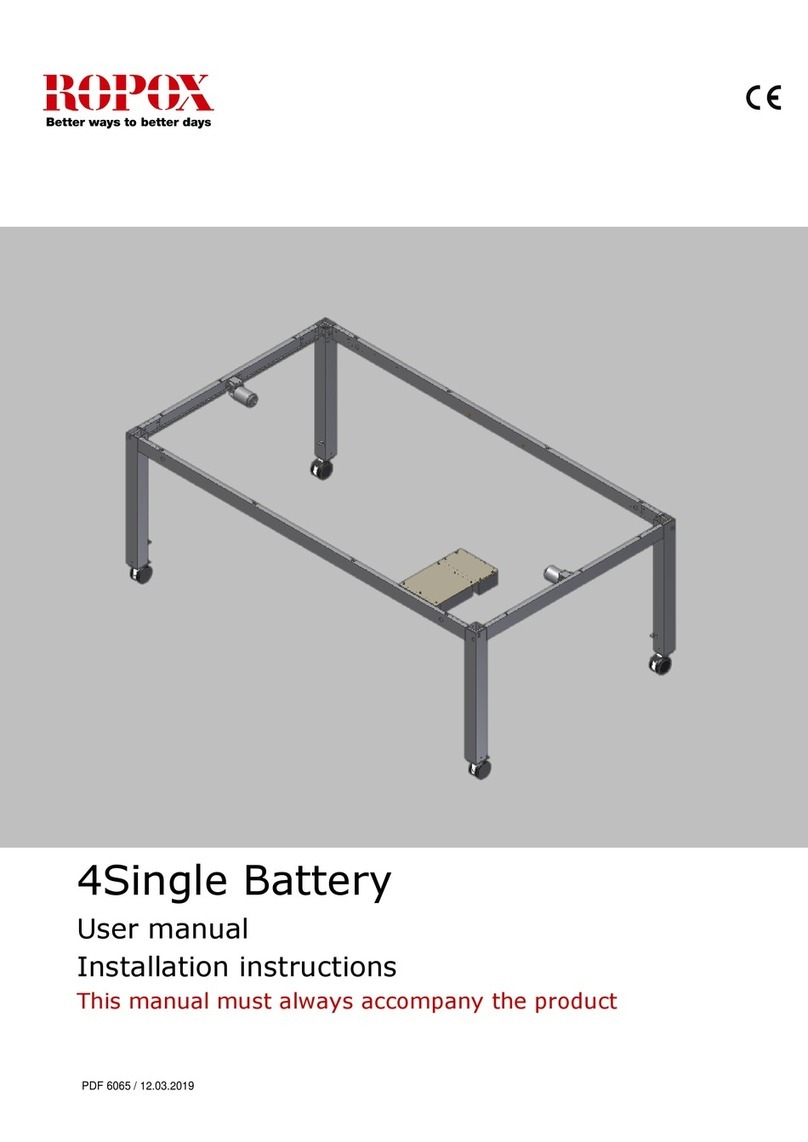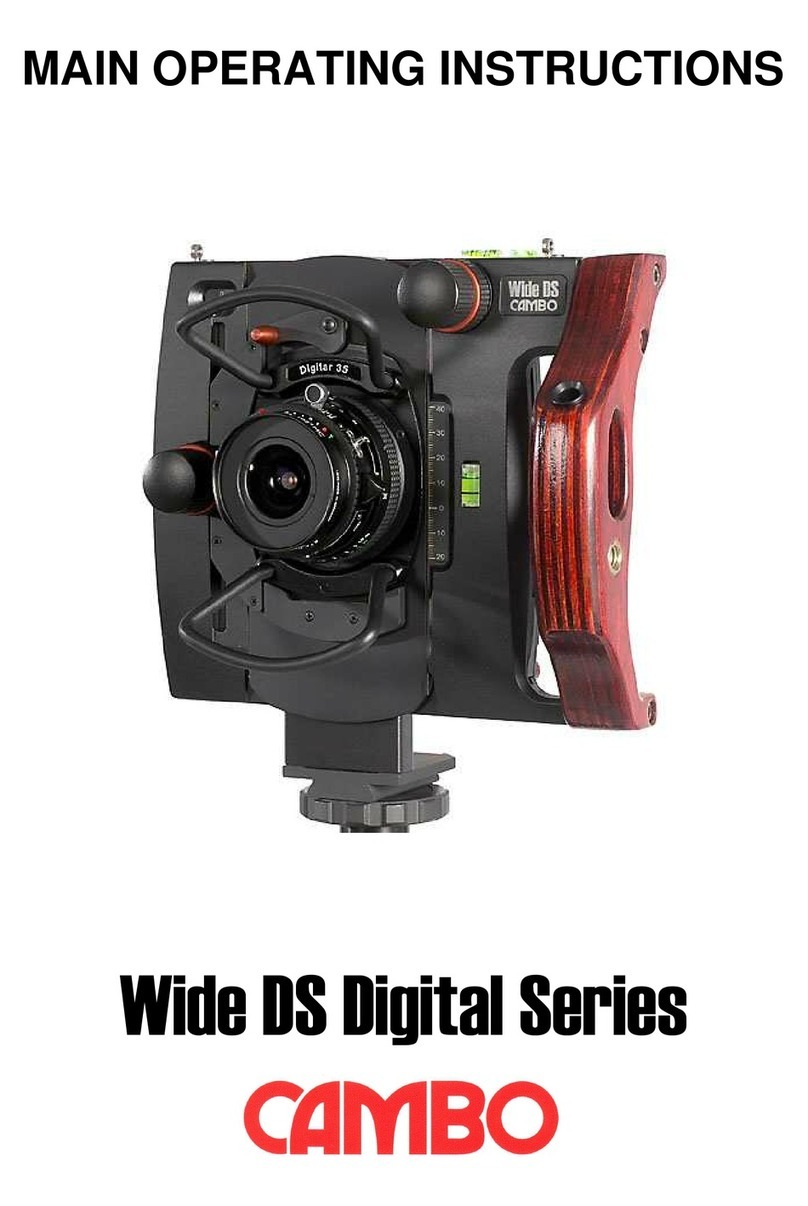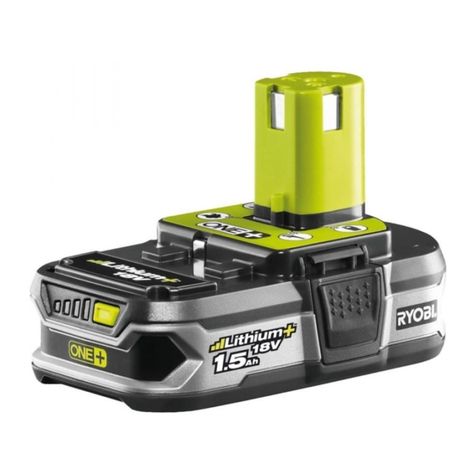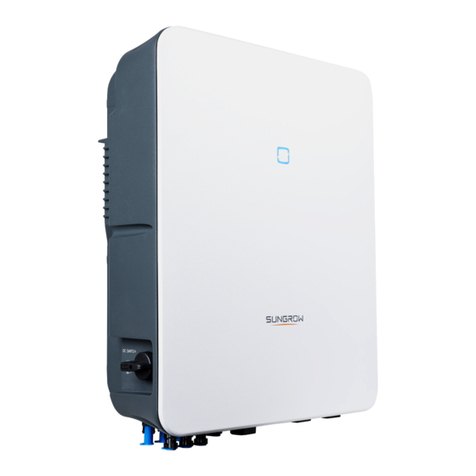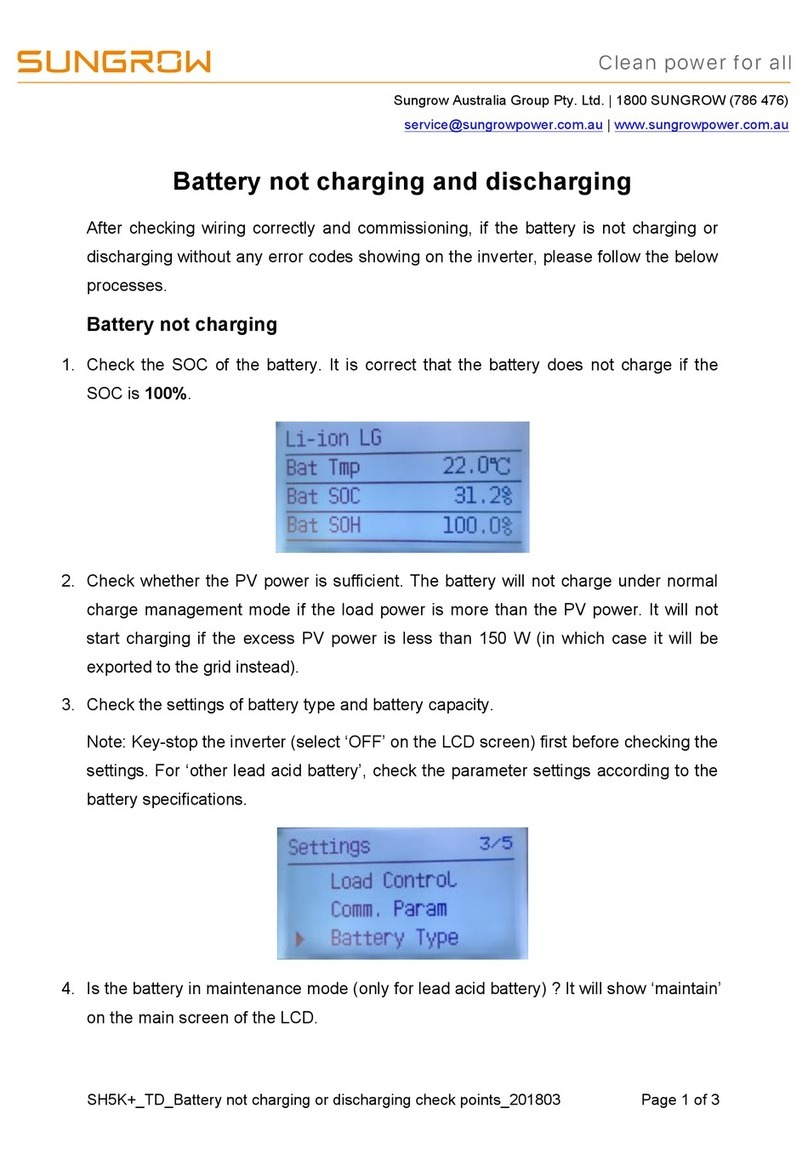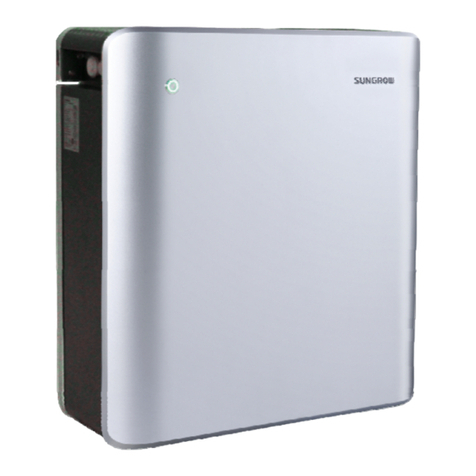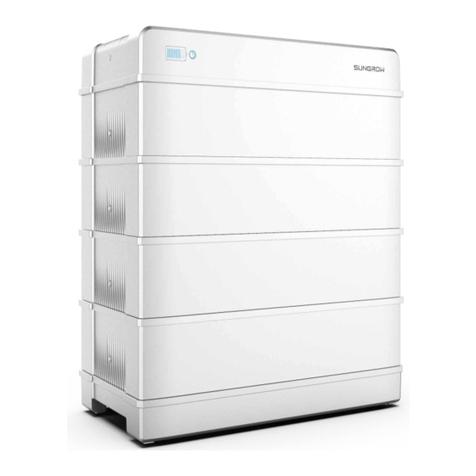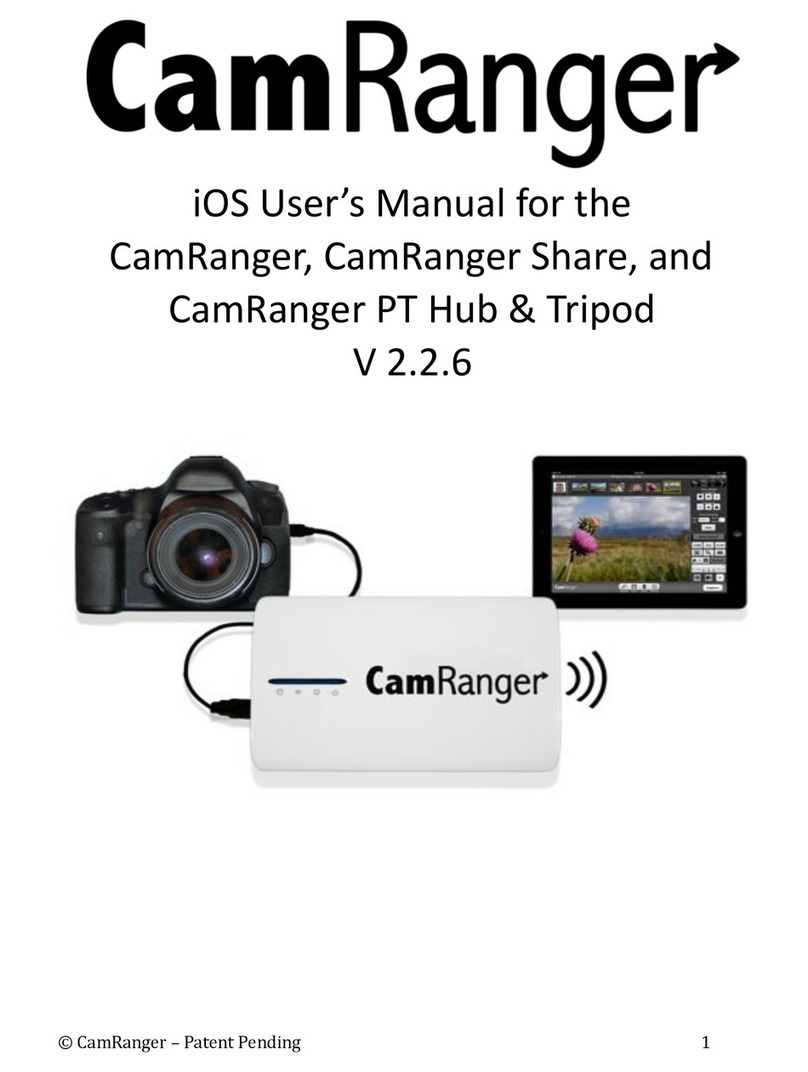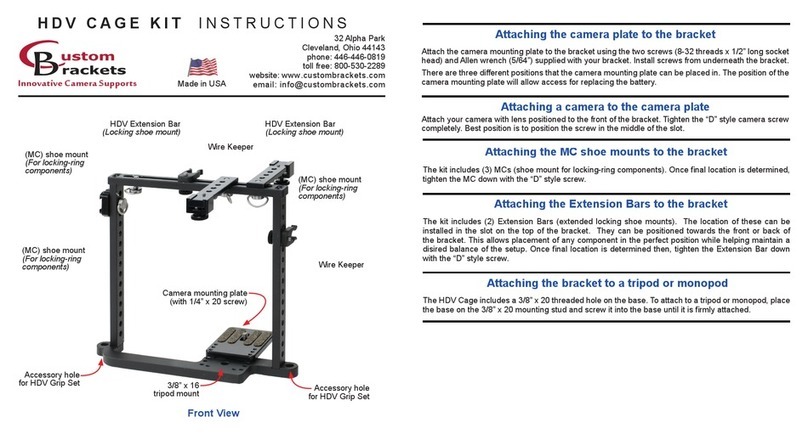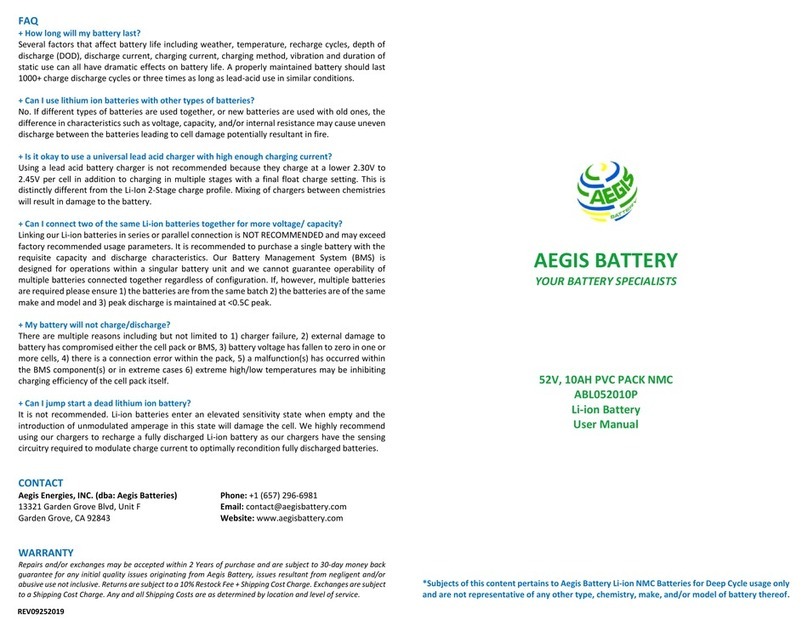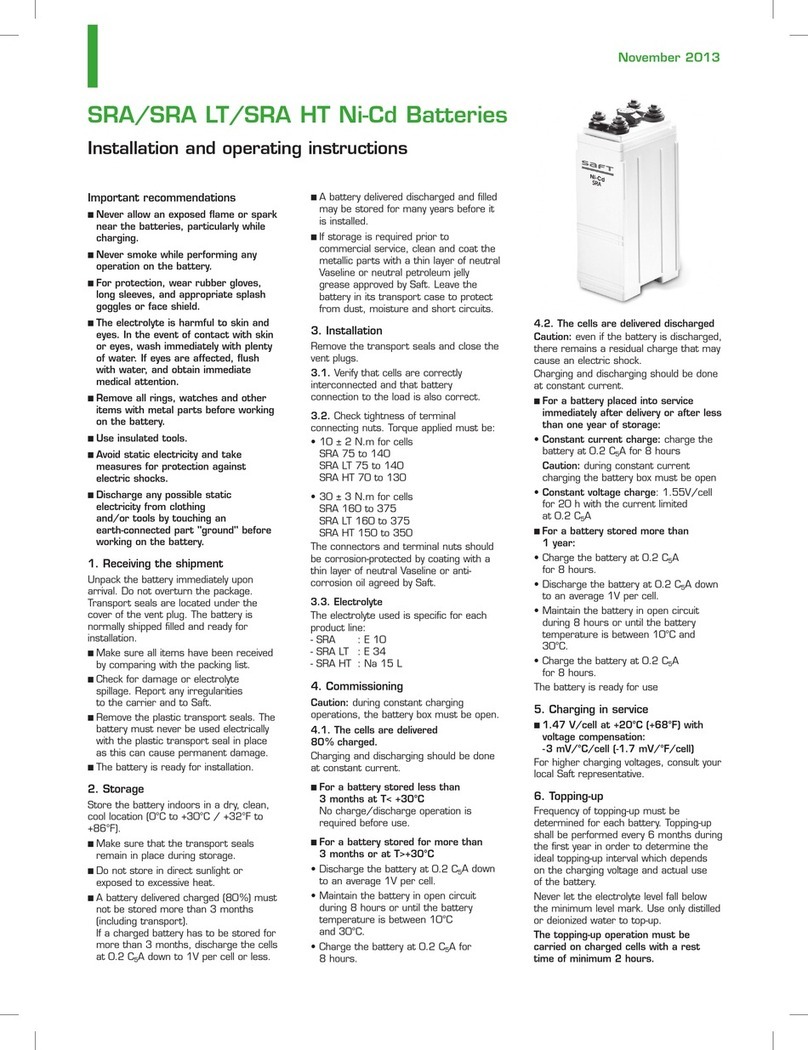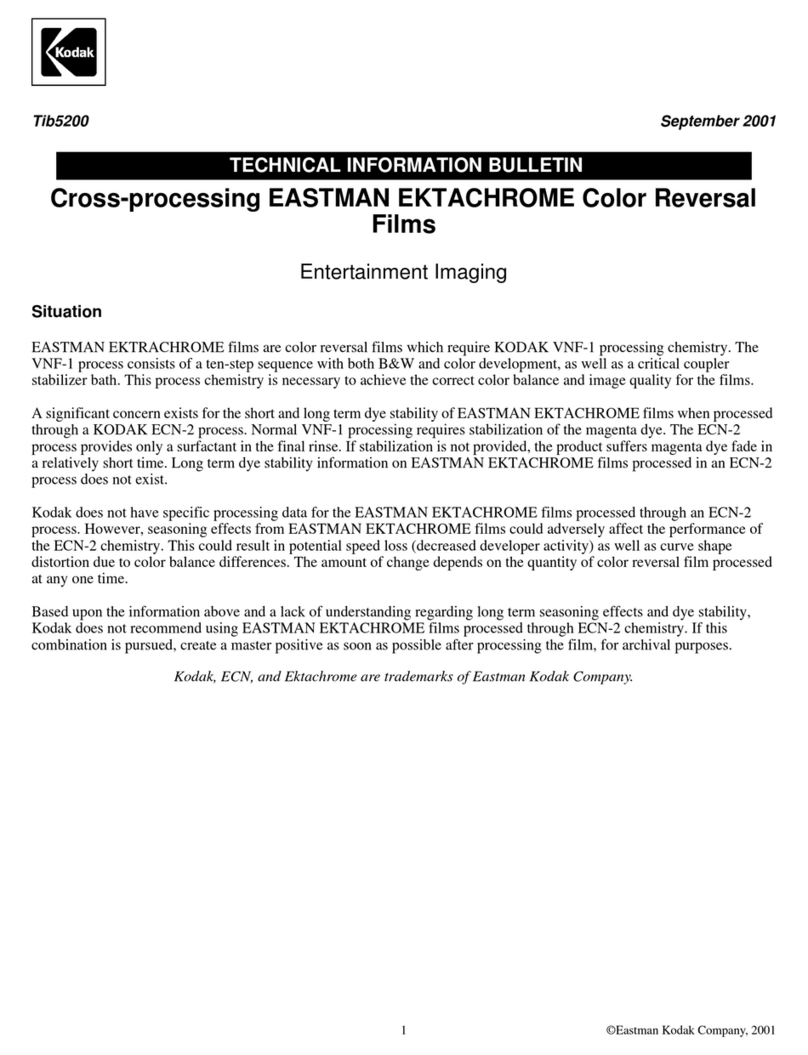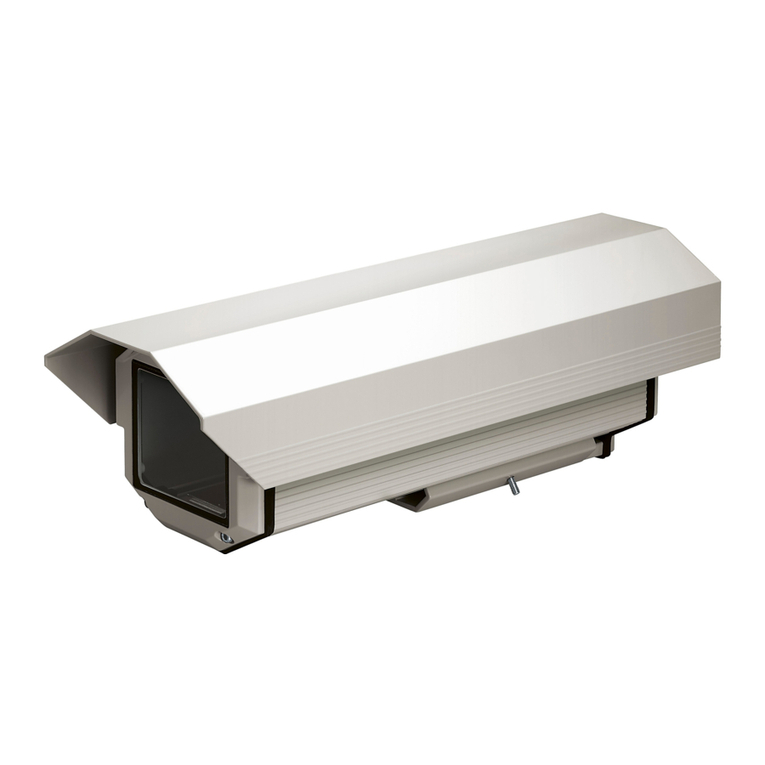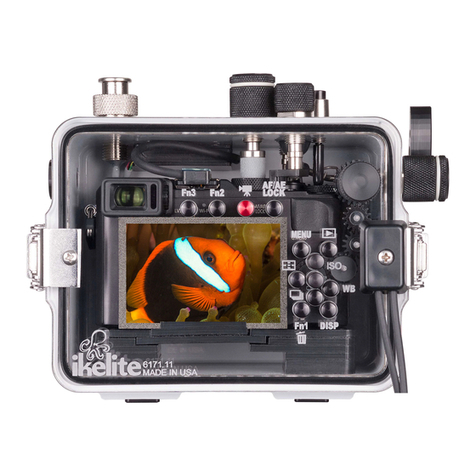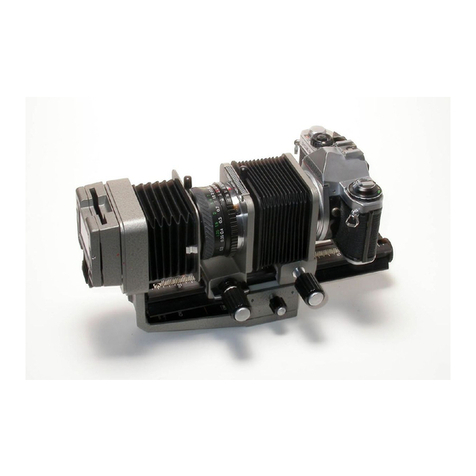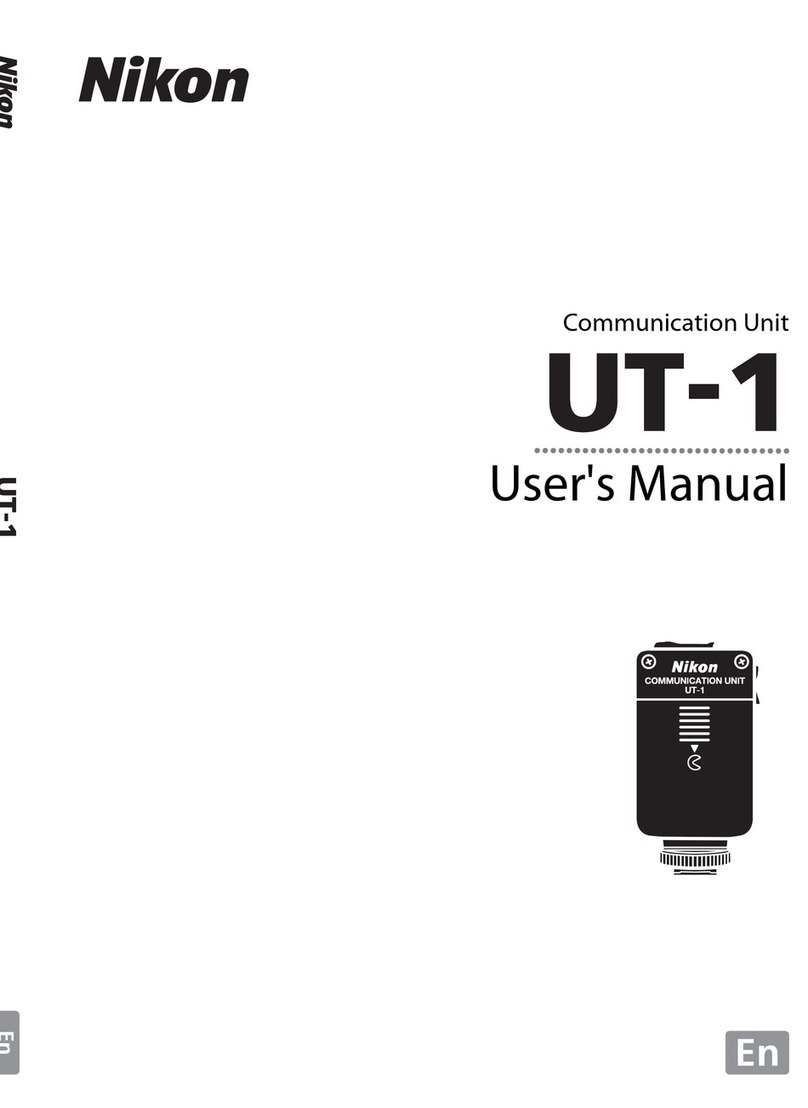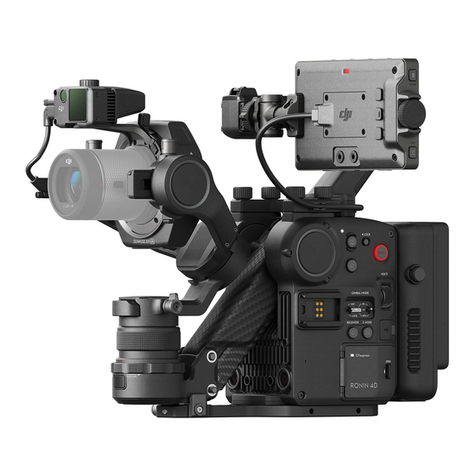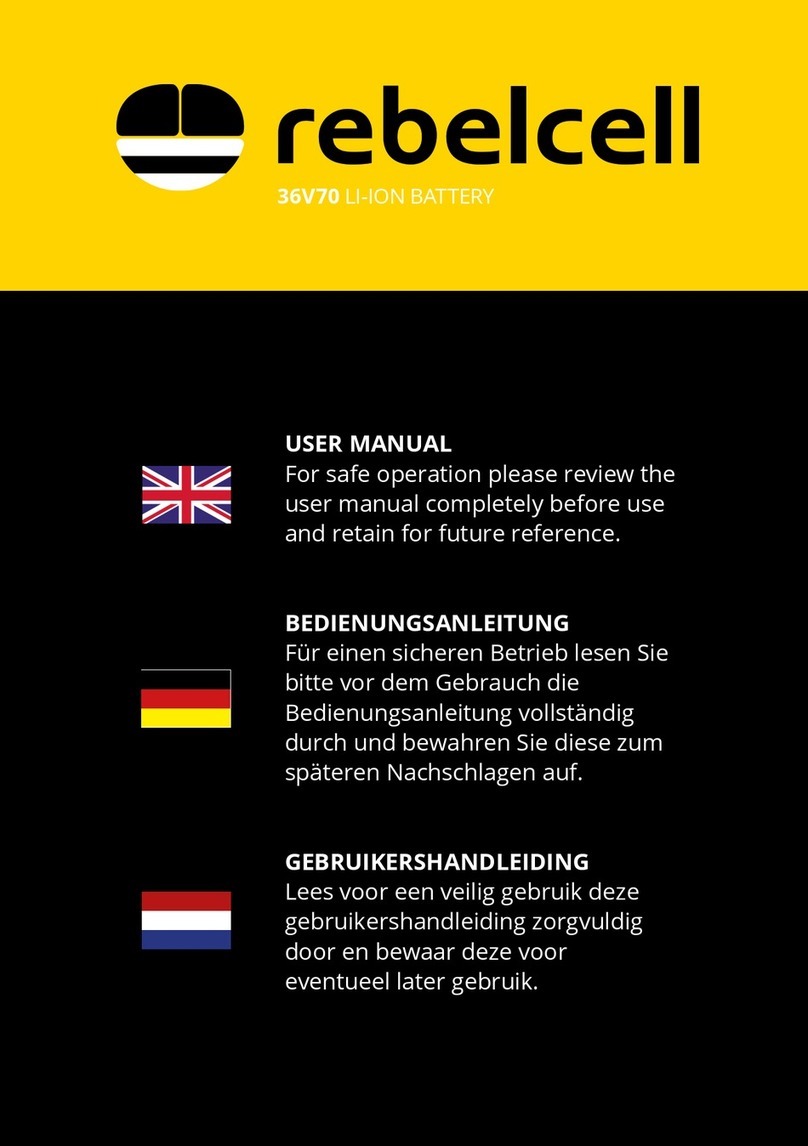
V
Contents
All Rights Reserved .....................................................................................................I
About This Manual......................................................................................................II
1 Safety .................................................................................................................1
1.1 Notices for Safe Use.......................................................................................1
1.2 Battery Handling Information ...........................................................................2
1.3 Emergency Situations.....................................................................................3
1.3.1 Leaking Batteries ..................................................................................3
1.3.2 Fire ......................................................................................................3
1.3.3 Wet Batteries........................................................................................4
1.3.4 Damaged Batteries ...............................................................................4
2 Product Description ..........................................................................................6
2.1 Product Introduction........................................................................................6
2.2 Terminal Description .......................................................................................8
2.3 Symbols on the Product ..................................................................................9
2.4 LED Indicator .................................................................................................9
3 Unpacking and Storage ................................................................................. 11
3.1 Unpacking and Inspection ............................................................................. 11
3.2 Scope of Delivery ......................................................................................... 11
3.3 Storage........................................................................................................12
4 Mounting ..........................................................................................................13
4.1 Safety during Mounting .................................................................................13
4.2 Location Requirements .................................................................................13
4.3 Installation Environment Requirements ..........................................................13
4.4 Installation Clearance Requirements..............................................................13
4.5 Installation Tools...........................................................................................14
4.6 PE Cable Preparation ...................................................................................15
4.7 Assembling the SUNCLIX Connector .............................................................16
4.8 Assembling the Communication Connector(Optional)......................................17
4.9 Installing the Battery .....................................................................................19
5 Parallel System(Optional)........................................................................29
5.1 Scope of Delivery .........................................................................................29
